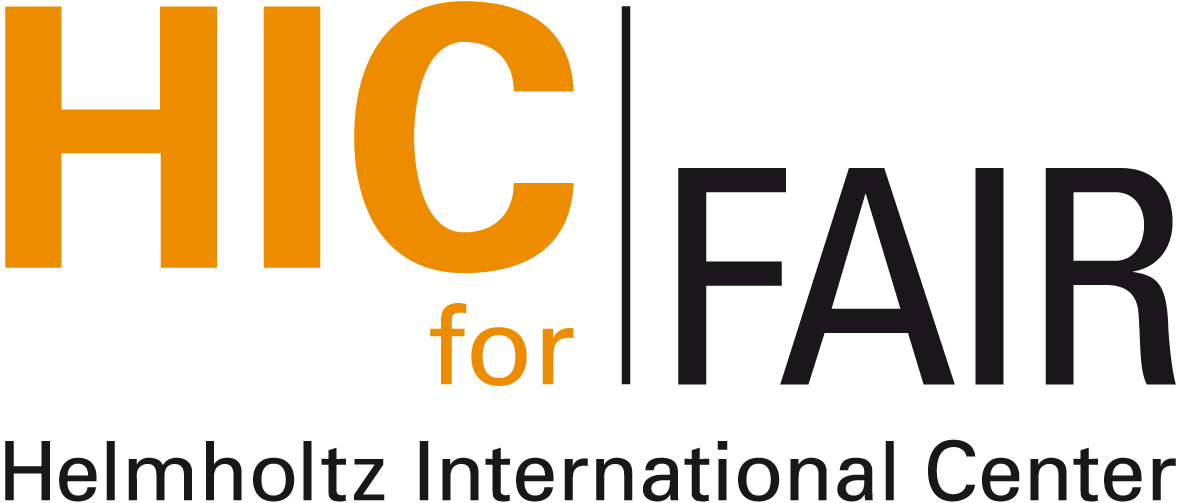 Nuclear
Physics Colloquium
Nuclear
Physics Colloquium Nuclear
Physics Colloquium
Nuclear
Physics ColloquiumVenue: Physics Building, Max-von-Laue-Str. 1, Seminar
Room PHYS 2.116
Time: Thursday, January 19, 4:30 pm (s.t.)
Contact: hees@fias.uni-frankfurt.de
Charm and beauty quarks are sensitive probes of the matter created in such collisions because they are dominantly produced by initial hard scattering processes and interact with the surrounding QCD matter through parton energy loss. The magnitude of the parton energy loss is expected to depend on the color charge density of the medium traversed and the parton characteristics. The ultimate goal is to reveal the dynamical properties of the plasma phase through the determination of e.g. the drag coefficient and the dissipation of the radiated energy. Recent measurements on heavy-flavour production at the CERN-Large Hadron Collider (LHC) will be discussed.